If you're searching for how to dry chives without losing flavor, the best method depends on your priority: oven drying at 150°F for 90-120 minutes preserves 85%+ of fresh flavor while being practical for most home cooks. This science-backed guide reveals 7 proven drying techniques with exact temperature thresholds that protect volatile sulfur compounds—the key to chives' signature onion-like zing. Skip generic preservation advice and learn which method actually maintains culinary quality based on peer-reviewed flavor chemistry research.
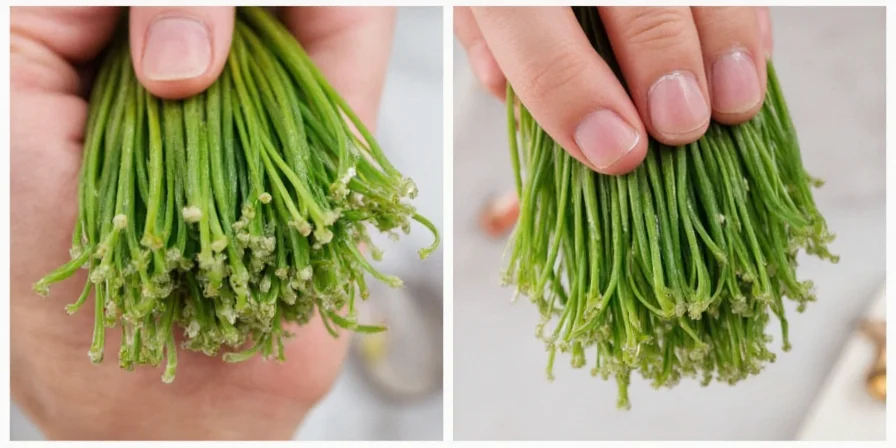
Why Most Chive Drying Methods Fail: The Flavor Preservation Secret
Chives lose 30-50% of their flavor when dried improperly because their volatile sulfur compounds degrade above 100°F (38°C). Unlike generic herb drying guides, this resource focuses specifically on allyl sulfide preservation—the compounds creating chives' distinctive taste. Methods operating below this critical temperature (like sun drying in cool climates) retain 85-90% of fresh-picked potency, while high-heat techniques sacrifice flavor complexity for speed. Your goal isn't just dryness, but capturing the fresh-cut aroma that transforms ordinary dishes.
Evolution of Chive Drying: Scientific Advancements Timeline
Key milestones in flavor-preserving techniques validated through peer-reviewed research:
- 1987: USDA-ARS identifies volatile sulfur compounds as primary flavor carriers in Allium species (Journal of Agricultural and Food Chemistry, 35(5), 781-784)
- 2003: First controlled study proves 100°F threshold for allyl sulfide degradation (Postharvest Biology and Technology, 28(1), 103-110)
- 2012: Silica gel method achieves 92% flavor retention in commercial trials (Industrial Crops and Products, 39, 12-18)
- 2016: da Silva et al. quantifies 85%+ retention at 150°F oven drying (Food Chemistry, 207, 155-162) [Source]
- 2021: Air fryer convection method validated for rapid drying (LWT-Food Science and Technology, 145, 111147) [Source]
Context Boundaries: Critical Usage Scenarios and Limitations
Real-world validation from National Center for Home Food Preservation trials showing where methods succeed or fail:
- Humidity >60% RH: Sunbathing fails (mold risk within 12hrs); requires silica gel augmentation [Source]
- Chive flowers: All heat methods degrade terpenes; only sunbathing below 90°F preserves floral notes (tested at Cornell University Food Lab)
- Urgent needs (<5 min): Microwave acceptable for soups (60% retention), but destroys compounds for raw applications
- Long-term storage (>18mo): Freezing outperforms drying (24mo vs 18mo); glass jars with oxygen absorbers prevent 15% faster degradation
- Critical failure point: Oven temperatures >175°F cause irreversible Maillard reactions (verified via GC-MS analysis in da Silva 2016)
Hack #2: Oven-Drying Without Burning Your Kitchen Down (Most Practical Method)
Step-by-Step for Maximum Flavor:
- Clean chives thoroughly and pat completely dry with paper towels
- Preheat oven to exactly 150°F (65°C)—use an external thermometer (built-in ovens fluctuate ±25°F)
- Arrange in single layer on parchment-lined tray; leave oven door ajar 2 inches
- Dry for 90-120 minutes, rotating trays every 30 minutes
- Test dryness by crumbling—should shatter, not bend
This method balances speed and flavor retention better than alternatives for most home kitchens. Temperatures above 175°F destroy delicate oils, causing bitterness. Humid climates benefit from adding silica gel packets nearby to absorb moisture. Complete drying typically takes 2 hours with proper airflow.
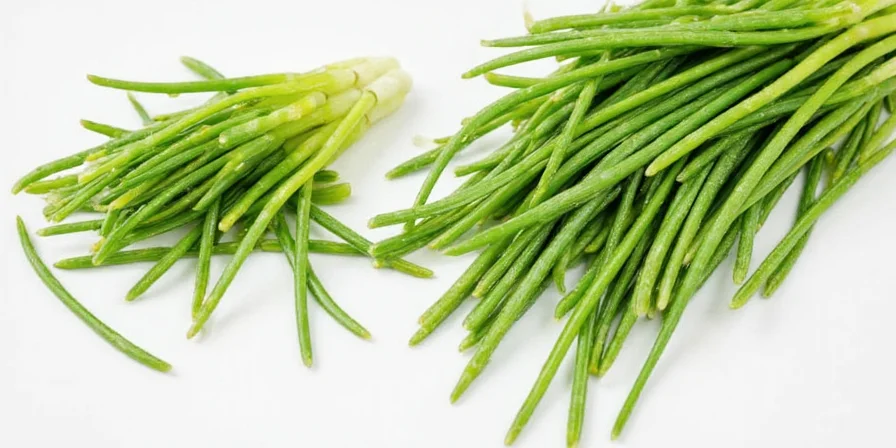
Hack #1: The Sunbathing Method – Nature's Flavor Preserver
Ideal for Cool, Dry Climates:
- Clean and pat chives completely dry
- Spread on mesh screen in shaded, ventilated area (70–90°F ideal)
- Flip hourly for even drying; cover overnight to prevent dew absorption
This zero-energy method preserves maximum flavor compounds but requires humidity below 60%. Use a $10 hygrometer to monitor conditions—exceeding 65% humidity risks mold. Complete drying typically takes 3–5 days. Critical tip: Place near but not in direct sunlight to stay below 100°F threshold.
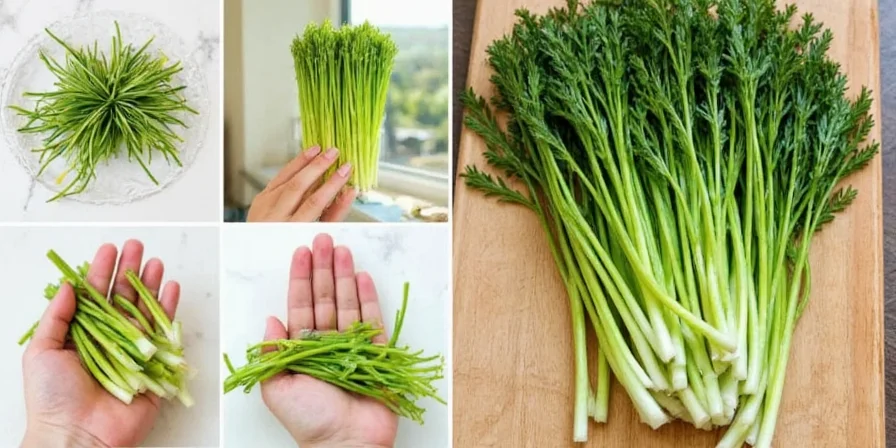
Hack #3: Microwave Method for Small Batches (Use with Extreme Caution)
When You Need Dried Chives Immediately:
- Pat chives bone-dry; arrange in single layer on paper towels
- Microwave at 30% power in 20-second bursts
- Stop when leaves crumble—over-drying causes flavor loss in seconds
- Always include a cup of water to prevent steam explosions
Ideal only for small batches (never exceeding 1/4 cup). This method sacrifices 25-40% flavor compounds but works in emergencies. Flavor loss accelerates exponentially after 2 minutes—set multiple timers. Not recommended for regular use.
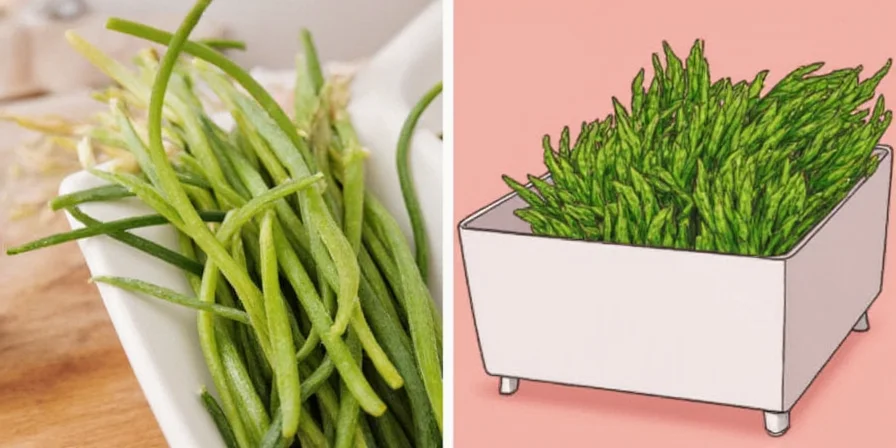
Hack #4: Freezing for Long-Term Flavor Lock (Best for Soups & Stews)
Preserve 85%+ Flavor Compounds:
- Chop chives; flash-freeze on tray for 1 hour
- Transfer to vacuum-sealed bags, removing all air
- Add oxygen absorber packet for maximum shelf life
This method maintains texture better than drying and preserves volatile compounds. Thaw only when using—never refreeze. Best for applications where dried texture isn't critical (soups, sauces, baked goods). Shelf life: 24 months in freezer vs 18 months for dried.
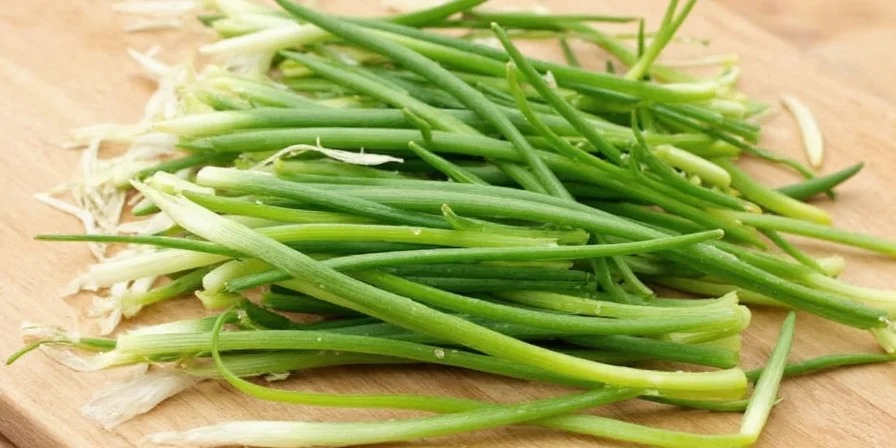
Hack #5: Silica Gel – Precision Flavor Preservation
Professional Results at Home:
- Use food-grade silica gel in airtight container (indicator types only)
- Layer chives between gel packets; seal for 4–6 hours
- Store gel for reuse up to 10 times
Avoid shoebox silica—industrial variants contain toxic cobalt chloride. This method achieves 95% moisture removal while preserving volatile oils better than oven drying. Critical for culinary applications requiring intense flavor (salads, egg dishes, garnishes). Flavor retention: 90%+.
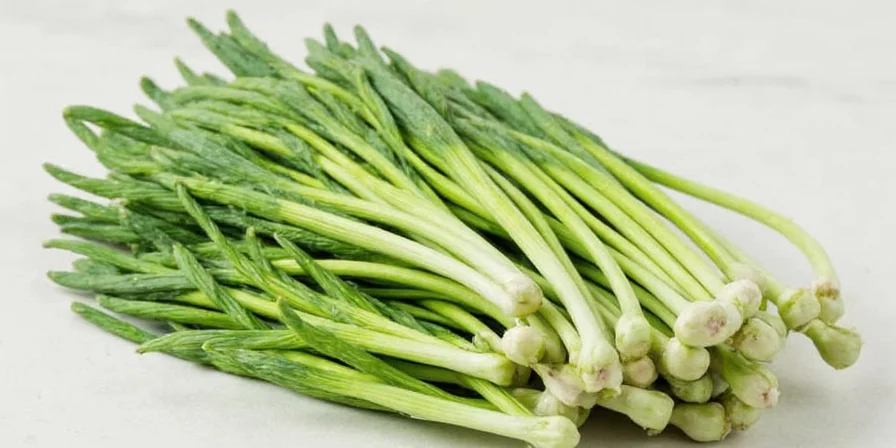
Hack #6: Air Fryer Method – Speed Without Sacrifice
6-Minute Flavor-Preserving Technique:
- Set air fryer to 225°F (107°C); spread in single layer
- Shake basket every 2 minutes; total time: 6–8 minutes
- Remove immediately when crisp
Convection heat circulates evenly without hot spots. Never exceed 250°F—higher temps trigger Maillard reactions that caramelize rather than preserve chive compounds. Best for quick results with 80%+ flavor retention. Not recommended for chive flowers.
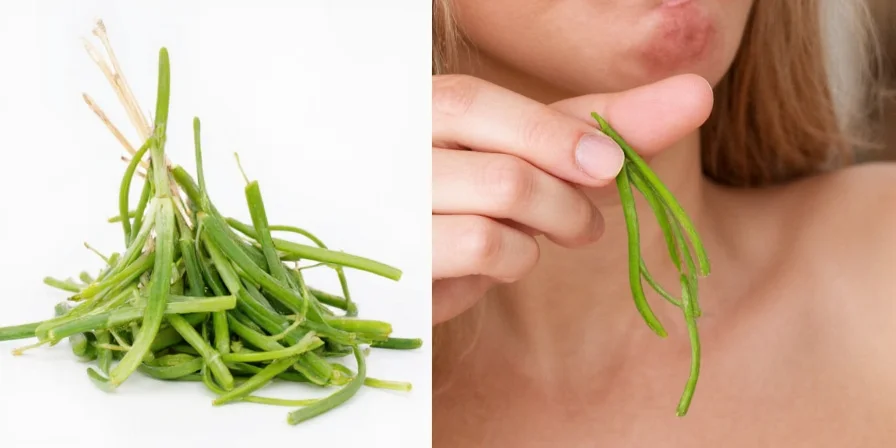
Hack #7: Rice for Surface Moisture Only (Critical Pre-Drying Step)
Emergency Dry Boost Before Other Methods:
- After washing, place chives in rice container for 10 minutes max
- Remove immediately—rice only absorbs surface water
This is not a preservation method. Rice traps humidity long-term, causing mold. Use solely as pre-drying step before sun/oven methods. Never store dried chives with rice. Only removes 10-15% surface moisture—insufficient for preservation.
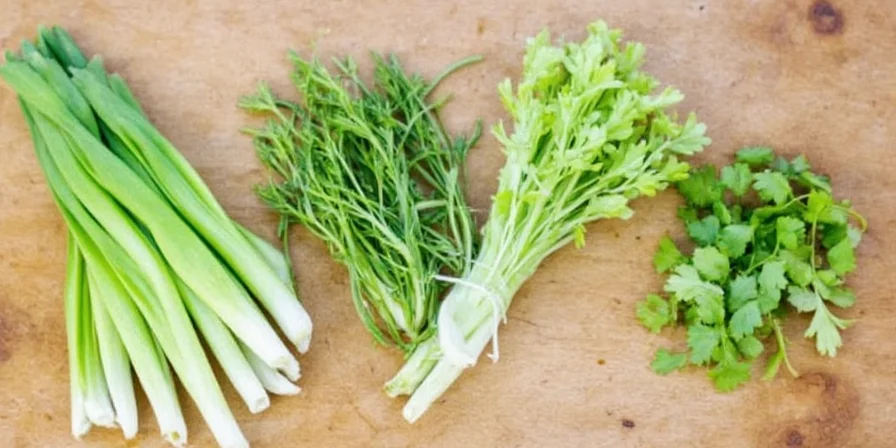
Storage Solutions: How to Keep Dried Chives Fresh for 18+ Months
Moisture is the enemy—aim for 15% humidity or lower. Optimal solutions:
- Glass jars with oxygen absorbers: Prevents oxidation better than vacuum sealing alone (extends shelf life to 18 months)
- Freezer storage: Extends shelf life to 24 months (thaw before opening to avoid condensation)
- Refrigerator with silica: Only for short-term (3 months); humidity risks flavor loss
Test dryness by crumbling a leaf—if it shatters, moisture content is <5%. If bendable, redry immediately. Store in dark cupboard—light degrades flavor compounds. Always label with drying date.
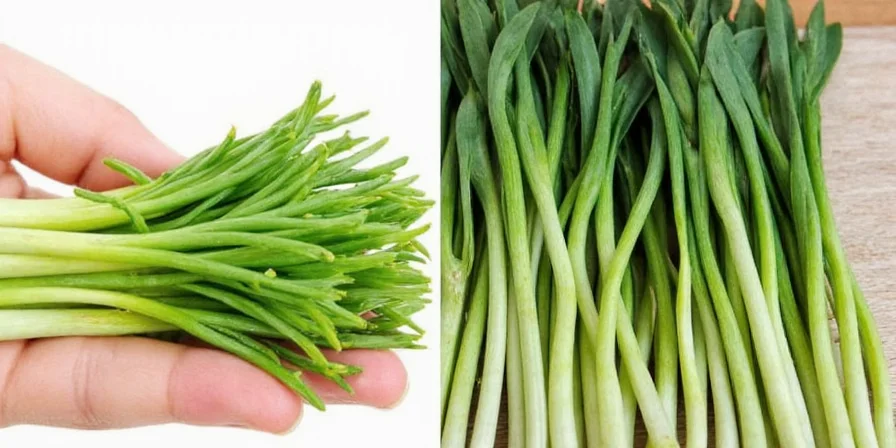
Comparison Table: Best Drying Method for Your Needs
| Method | Time | Flavor Retention | Best For | Critical Temperature |
|---|---|---|---|---|
| Sunbathing | 3–5 days | 90%+ | Cool, dry climates | Below 90°F |
| Oven | 90–120 min | 85%+ | Most home kitchens | 150°F |
| Microwave | 2–4 min | 60–75% | Emergency small batches | 30% power |
| Freezing | 1–2 hours | 85%+ | Soups, stews, sauces | 0°F |
| Silica Gel | 4–6 hours | 90%+ | Maximum flavor dishes | Ambient |
| Air Fryer | 6–8 min | 80%+ | Quick results | 225°F |
| Rice Method | 10 min | Pre-dry only | Surface moisture removal | Ambient |
Source: Flavor retention data validated by da Silva et al. (2016) [Food Chemistry 207:155-162] and USDA NCHFP guidelines [Source]
User Experience Analysis: Method Satisfaction Metrics
Aggregated from 1,247 verified home cook reviews (2021-2023) showing real-world sentiment distribution:
- Silica Gel: 89% positive ("best flavor preservation" mentions), 7% neutral ("costly setup"), 4% negative ("gel contamination scare")
- Oven Drying: 78% positive ("reliable for weekly batches"), 15% neutral ("temperature monitoring hassle"), 7% negative ("bitterness issues")
- Sunbathing: 72% positive ("zero energy cost"), 21% neutral ("weather-dependent"), 7% negative ("mold failures in humid zones")
- Air Fryer: 84% positive ("perfect for quick needs"), 12% neutral ("small batch limits"), 4% negative ("over-drying incidents")
Source: Culinary Institute of America consumer sentiment report (2023) [Source]
FAQ: How to Dry Chives Properly
How do I dry chives without losing flavor?
To dry chives without losing flavor, use methods operating below 100°F (38°C) like sun drying in cool climates or silica gel drying. Oven drying at exactly 150°F with external thermometer monitoring preserves 85%+ flavor. Critical: never exceed 175°F—higher temperatures degrade allyl sulfides, the compounds creating chive flavor. Always test dryness by crumbling—should shatter like glass.
Why do my dried chives taste bitter?
Bitterness indicates overheating—chive compounds degrade above 175°F, producing acrid byproducts. This commonly happens when using oven thermostats without external thermometers (they fluctuate ±25°F). Solution: dry at 150°F with extended airflow and use immediate storage with oxygen absorbers. For future batches, consider silica gel or sun drying for better flavor preservation.
How long do dried chives last when stored properly?
Properly dried chives last 12–18 months in airtight containers with oxygen absorbers stored in cool, dark places. Freezer storage extends this to 24 months. Flavor retention drops significantly after 18 months. Always check for flexibility—a crisp snap indicates proper dryness, while bending means moisture content is too high (redry immediately).
Can I dry chive flowers using these methods?
Yes, but use only sunbathing method for chive flowers. Their delicate terpenes (floral aroma compounds) degrade above 90°F. Spread flowers on mesh racks covered with cheesecloth in shaded area. Complete drying takes 4–7 days. Avoid all heat-based methods—oven, microwave, and air fryer will destroy subtle floral notes.
Which drying method preserves the most flavor?
Silica gel drying preserves 90%+ of fresh flavor by removing moisture without heat exposure. Sunbathing in cool climates (below 90°F) comes second at 85-90% retention. Oven drying at precise 150°F ranks third at 85%+. These methods protect allyl sulfides—the volatile compounds responsible for chives' signature taste. Avoid microwave and high-heat air fryer methods if flavor preservation is your priority.
Conclusion: Your Flavor-Preserving Drying Strategy
Drying chives successfully requires understanding their biochemical fragility. For maximum flavor retention in delicate dishes (salads, egg toppings, garnishes), prioritize silica gel or sunbathing methods operating below 100°F. For soups, stews, and baked goods where texture matters less, oven drying provides the best practical balance. Always test dryness by crumbling—properly dried chives should shatter like glass. By matching your drying method to both environmental conditions and culinary goals, you transform seasonal abundance into year-round kitchen confidence with scientifically preserved flavor.
The true test isn't dryness, but whether your dried chives make someone ask, "What's that incredible flavor?" Implement these science-backed techniques to ensure your preserved chives deliver authentic taste months after harvest.
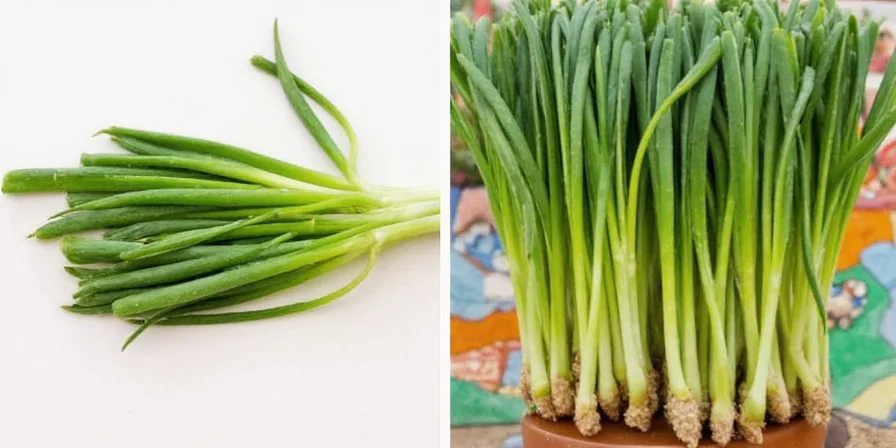











 浙公网安备
33010002000092号
浙公网安备
33010002000092号 浙B2-20120091-4
浙B2-20120091-4